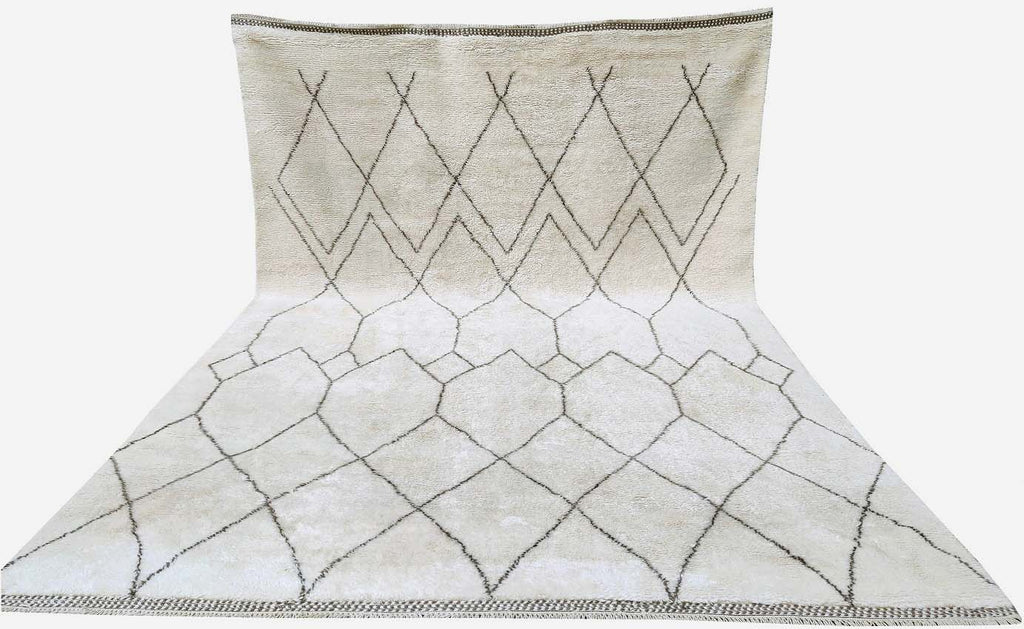MOROCCAN RUG MAGIC AND THE BARAKA EXPRESSION
THE BARAKA OF THE HANDMADE MOROCCAN RUG MAGIC
By the late 19th century Orientalism was a well- established phenomenon in Europe. The new Orient refers to Morocco, and North Africa. Drawn on by the allure of the exotic, the traveller found in the Maghreb Al Aqsa, 'the land farthest west' , a whole other world of colour and sensuality. Artists such as Delacroix and Matisse were heavily influenced by the colour of Moroccan life. Matisse, who spent several years there, drew inspiration and techniques of Moroccan rugs and textiles. Looking back on his career, he wrote in 1947 that ' revelation thus came to me the 'Orient'.'
Weaving is perhaps the greatest of Moroccan artistic traditions , it is also one of the oldest. When the Berbers first inhabited the plains and mountains of the Atlas around 1500 BC, they are thought to have brought rudimentary weaving skills with them .
Technical improvements came with commerce. Shawls, blankets , rugs and tents were traded with the Africans of Mali, Senegal and Nigeria and the Arabs from the east,and from the Phoenicians the Berbers learned more about the art of vegetable dyes . The process was accelerated by the need of Moroccan kilim rugs as blankets. United by a single religion, North Africa became one huge marketplace for the woollen cloths, brocades and silks woven in Morocco. Religious influence also brought new symbols and motifs, especially in the form of the rigorous geometries that distinguish Berber Moroccan rugs
Portuguese and Berbers ledgers from the first sultanate confirming the new status of Moroccan weaves as currency -textiles had become an integral part of the economy. Profit, however, was not the village weave's sole motive. Rugs and carpets are said to contain BARAKA, or ' beneficent psychic powers'. Vibrant colours are used to offset the darkness of dimly lit rooms, but the actual motifs are related largely to superstition .The most common of these is the hand of Fatima, used to ward off the 'evil eye' and the d'joun. Other motifs are believed to have the power to draw and then dissipate evil in the six directions of the Berber universe. Interestingly , despite centuries of Islamic influence and the traditional prohibition on figurative representation, tribal weaving still incorporates the Berber vocabulary of animist symbols, albeit in a disciplined, geometric form.


